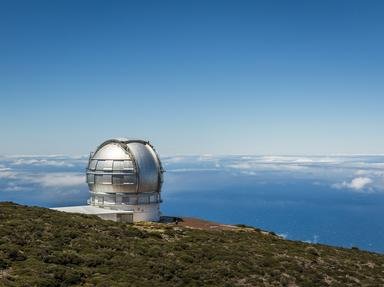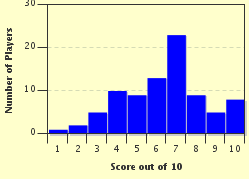Quiz Answer Key and Fun Facts
1. It all started with an apple falling from a tree. Which astronomer gave us a clearer understanding of force and gravity?
2. This French astronomer's passion was comets. In fact, if the heavenly objects he observed weren't comets, he made it his mission to find out what they were. He went on to catalog over one hundred nebulae and star clusters which now bear his name. King Louis XV referred to him as "comet ferret." Who is he?
3. A contemporary of Isaac Newton, which Dutch astronomer and mathematician discovered Saturn's rings?
4. Whether or not you can identify this Danish astronomer by his metallic nose or the fact that he was instrumental in providing the physics behind planetary motion, can you correctly identify him?
5. Although the field of astronomy is predominantly male, there have been women who have used their scientific skills to further the study of astronomy. Which American trailblazer studied physics and astronomy at Wellesley College and, after graduating in 1884, went on to classify over 225,000 stars?
6. A relative newcomer to the long list of astronomers dating back centuries, which American astronomer is best known for "killing Pluto?"
7. One of England's most prominent astrophysicists was a supporter of Einstein's Theory of Relativity. His own observations yielded the same conclusions as Einstein. Name the astronomer who was the first to explore the evolution and inner structure of stars?
8. This German-British astronomer discovered Uranus in 1781 as well as its two moons. Who is he?
9. Although this astronomer contributed much to the fields of geophysics, meteorology, and mathematics, his big claim to fame is his discovery of the comet that bears his name. Born in England in 1656, name this brilliant scientist.
10. At an early age this Irish-born astronomer was encouraged by her parents to study science. While a student in Belfast, she focused her attention on the subjects of astronomy and physics. Name her.
Source: Author
nmerr
This quiz was reviewed by FunTrivia editor
bloomsby before going online.
Any errors found in FunTrivia content are routinely corrected through our feedback system.


